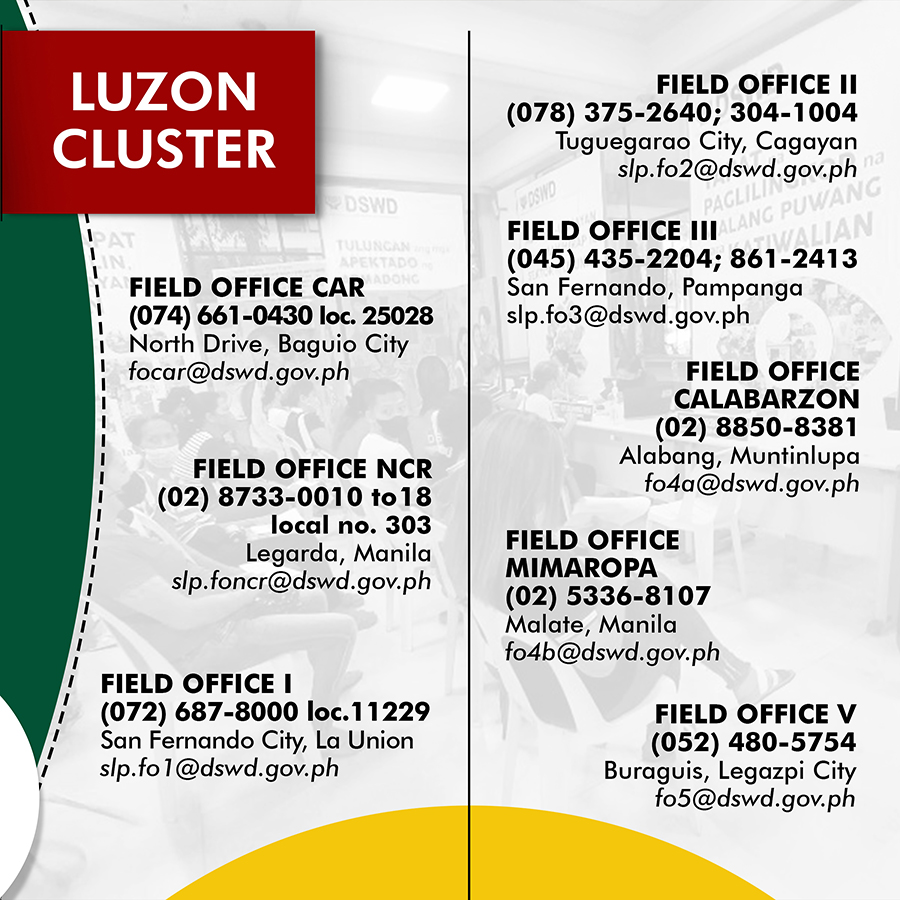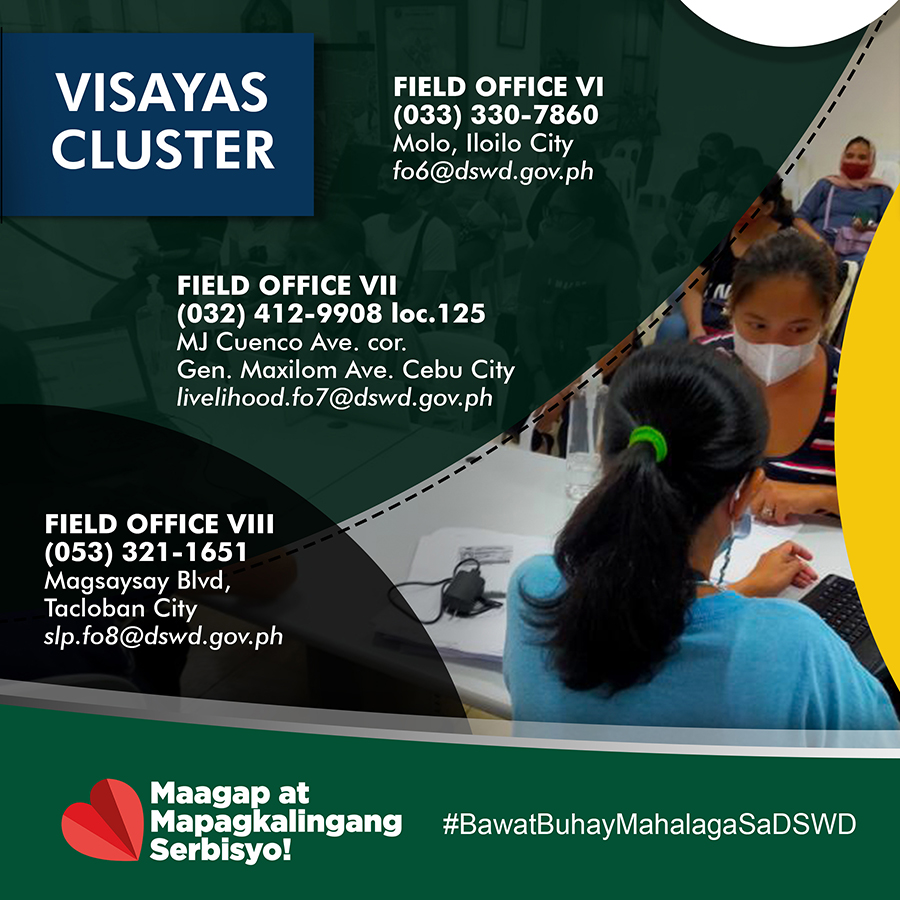Recently, the Department of Social Welfare and Development (DSWD) office in Region I gave a Livelihood Assistant Grant (LAG) of PHP 12,000 each to 200 beneficiaries in Balungao, Pangasinan. This grant aims to help them revive or boost their livelihoods, which have been affected by the COVID-19 pandemic.
This is just one of many cases across the Philippines, where the DSWD has been providing different types of financial assistance to low-income, vulnerable, marginalized, and disadvantaged persons. Notably, the grant facilitated by DSWD Field Office I is part of the department’s Sustainable Livelihood Program (SLP), which we will be focusing on in this article. This includes a discussion on the qualifications, requirements, and steps involved in the program
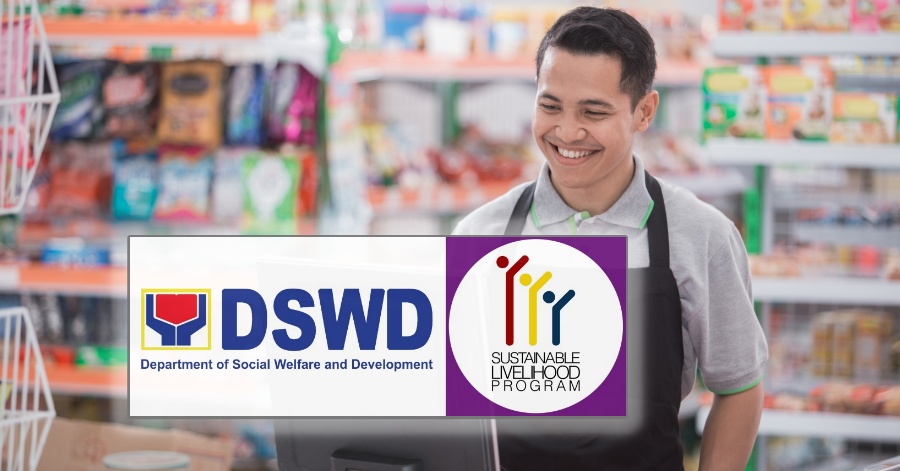
What is DSWD Livelihood Assistance?
DSWD’s Livelihood Assistance Grant (LAG) falls under the department’s Sustainable Livelihood Program (SLP), a capacity-building program that aims to boost the livelihood of poor, vulnerable, disadvantaged, and marginalized communities. In effect, it also helps to improve their socio-economic well-being.
The program is implemented through two (2) tracks. First, there’s Micro-Enterprise Development (MD), which caters to participants who exhibit the potential and willingness for entrepreneurship. Second, there’s Employment Facilitation (EF), which caters to those who are qualified and ready for employment opportunities.
Through these tracks, participants are set to benefit from the following SLP “modalities:”
- Seed Capital Fund — up to a maximum of PHP 15,000
- Skills Training Fund — up to a maximum of PHP 15,000
- Cash for Building Livelihood Assets — 100% of prevailing regional wage
- Employment Assistance Fund — PHP 5,000
Each of these modalities is discussed further below!
Benefits or Modalities of the SLP Program
As mentioned earlier, DSWD’s SLP program is implemented through two tracks: Micro-Enterprise Development (MD) and Employment Facilitation (EF). These tracks involve four (4) modalities, as follows:
1. Seed Capital Fund
Given under the Micro-Enterprise Development track, this serves as start-up capital that can be used to buy raw materials, equipment, and tools needed in starting or expanding a micro-enterprise. It amounts to a maximum of PHP 15,000 per participant.
2. Skills Training Fund
Under the Micro-Enterprise Development (MD) track, this grant is used for acquiring knowledge and skills needed in managing the micro-enterprise. It amounts to a maximum of PHP 15,000 per participant.
Similarly, under the Employment Facilitation (EF) track, this grant may be used for acquiring technical and vocational knowledge and kills by attending lectures, demonstrations, and training. It can be used to pay for training fees, transportation, meals, and assessment fees. It amounts to a maximum of PHP 15,000 per participant.
3. Cash for Building Livelihood Assets
As the term implies, this is an allowance or stipend given to participants who have rendered work for projects to build, rebuild, and/or protect the natural and physical assets of a micro-enterprise. It is equal to 100% of the prevailing regional wage, based on the standards set by the Department of Labor and Employment (DOLE).
4. Employment Assistance Fund
This is a grant given to program participants. It can be used to support the processing of employment documentary requirements and medical exams. It may also be used as transportation allowance and meal allowance, especially during the initial days of employment. It amounts to PHP 5,000 per program participant.
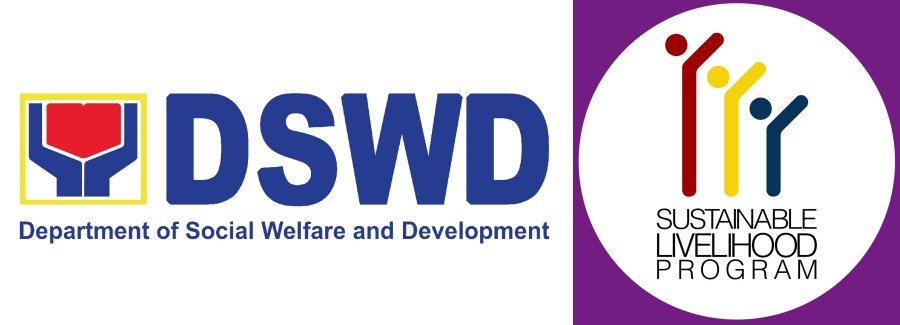
Qualifications
DSWD’s Sustainable Livelihood Program (SLP) is open to all Filipinos, especially the poor, vulnerable, marginalized, and disadvantaged. In particular, priority is given to the following groups:
- Members of the Pantawid Pamilyang Pilipino Program (4Ps);
- Poor or low-income persons identified through the “Listahanan” database;
- Families who belong to marginalized and vulnerable sectors such as indigenous peoples (IPs), persons with disabilities (PWDs), internally displaced persons (IDP), out of school youth (OSY), etc.; and
- Walk-in clients and referred individuals.
NOTES:
- The “Listahanan” database, also known as the National Household Targeting System for Poverty Reduction, is an information management system that compiles a list of names and locations of the country’s poorest.
- Applicants who would like to join the SLP program — but are not members of 4Ps or are not included in the Listahanan database — must undergo assessment through the SLP Means Test, to determine if they qualify for the program.
Meanwhile, here are the specific requirements or qualifications for each track:
1. For the Micro-Enterprise Track
- At least 16 years of age (with written consent from a parent or legal guardian);
- Must be a member of a Sustainable Livelihood Program Association (SLPA); and
- Should be a beneficiary of DSWD’s social protection programs with limited or no access to formal credit facilities.
2. For the Employment Facilitation Track
- At least 18 years of age;
- Should be a beneficiary of DSWD’s social protection programs with labor skills, but with no formal employment or is unemployed.
NOTE: Each household can enroll up to a maximum of two (2) members, provided that they are pursuing two different tracks.
Requirements
As part of the program, each participant is given a “Certificate of Eligibility” signed by the SLP Program Management Office’s Regional Program Coordinator. This certifies that the participant has completed the following activities or requirements (based on each track):
1. For the Micro-Enterprise Development Track
- Attendance to SLP Orientation;
- Attendance of all SLPA members to Micro-Enterprise Development Training;
- Ratified SLPA Constitution and By-Laws;
- Signed Modality Application Form with complete attachments (if applicable); and
- “Mungkahing Proyekto” signed by the Regional Director.
2. For the Employment Facilitation Track
- Attendance to SLP Orientation;
- Attendance to Basic Employment Skills Training;
- Signed Employment Assistance Fund / Skills Training Fund Needs Assessment;
- Signed Modality Application Form with complete attachments (if applicable);
- Signed Employment Assistance Fund Utilization Commitment; and
- “Mungkahing Proyekto” signed by the Regional Director;
NOTE: The “Mungkahing Proyekto” is a document prepared by the Implementing Project Development Officer (IPDO), who is an SLP staff. It contains specific details about the SLPA’s proposed livelihood project, necessary inputs, costs, and other information.
How to Process DSWD Livelihood Assistance
The Sustainable Livelihood Program of DSWD, particularly the Micro-Enterprise Development (MD) Track, is carried out in five major stages: pre-implementation, social preparation, resource mobilization, project implementation, and mainstreaming. Here is a brief description of each stage:
1. Pre-Implementation
This stage includes the targeting and choosing of project areas, selection of program participants, identification of market sources and other opportunities.
2. Social Preparation
This stage involves the following activities: sustainable livelihood analysis, basic livelihood training, and formation of the Social Livelihood Program Association (SLPA).
3. Resource Mobilization
This stage involves the utilization of existing or acquired livelihood assets, while seeking out additional support from external stakeholders. The main aim us to set up or rehabilitate the program participants’ micro-enterprise.
4. Project Implementation
This stage covers at least the first three (3) months of micro-enterprise operations, making sure that the program participants (now SLPA members) are active in managing and operating their enterprise.
5. Mainstreaming
Over the next two (2) years, continuous monitoring, training, and assessment is done to ensure that the SLPA is able to maintain their operations and employment.
How to Join the SLP Program
Now that you have a better idea of what DSWD’s Sustainable Livelihood Program is all about, you might be wondering how you can join this program. Here is a quick guide on the steps that you could take:
- Visit the nearest City / Municipal Social Welfare and Development Office (CMSWDO) and ask the SLP Project Development Officer (PDO) about the schedule of SLP activities.
- Join the SLP activities and tasks, under the instruction and guidance of the PDO.
- Participate consistently in the activities, as the PDO provides further instructions on SLPA formation and micro-enterprise development.
DSWD Infographic Guide About Joining the SLP Program
Additionally, here is an infographic created by the DSWD, providing instructions (in Filipino) about how interested applicants can join the SLP program.
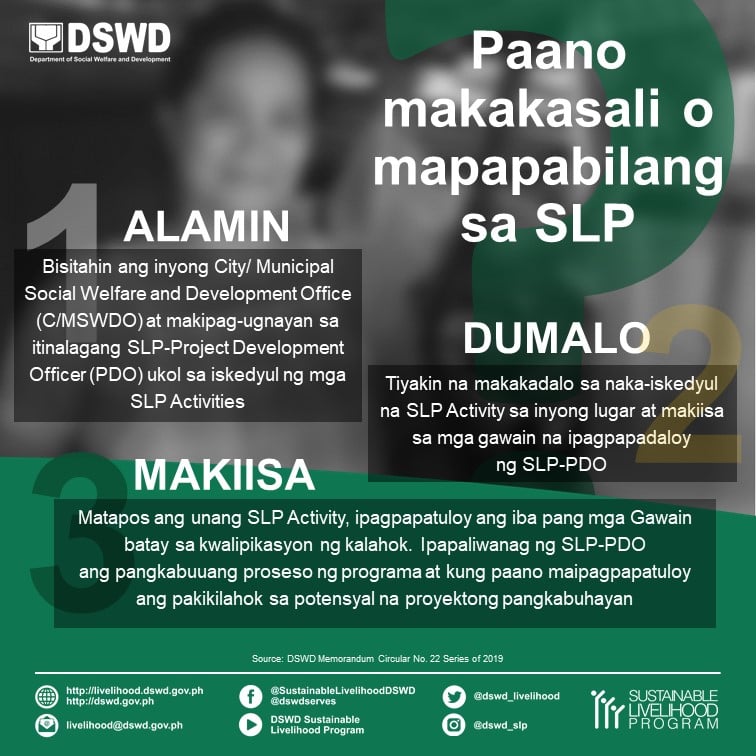
Video: DSWD Supports Small Businesses Affected by Pandemic
Since the COVID-19 pandemic hit, numerous small businesses all over the country have had to stop or limit their operations. Fortunately, the DSWD has recently begun providing much-needed support to these businesses.
In the following video shared by DSWD Field Office I, we learn about several persons who have greatly benefited from the department’s Livelihood Assistant Grant (LAG), as part of the Sustainable Livelihood Program:
Frequently Asked Questions (FAQs)
Meanwhile, here some commonly asked questions — and answers — about the DSWD’s Sustainable Livelihood Program (SLP):
1. What is DWSD’s Sustainable Livelihood Program?
The Sustainable Livelihood Program (SLP) of DSWD is a capacity-building program that seeks to improve the livelihood of poor, vulnerable, marginalized, and disadvantaged communities in the Philippines.
2. Who can join this program?
The program is open to all Filipinos, although priority is given to the poor, marginalized, disadvantaged, and vulnerable communities. These include: members of the Pantawid Pamilyang Pilipino Program (4Ps); persons identified through the “Listahanan” database; members of indigenous peoples (IPs); persons with disabilities (PWDs); internally displaced persons (IDP); and out of school youth (OSY).
Nevertheless, even if you are not part of these groups, you may still qualify for the program, provided that you undergo the SLP Means Test, to be conducted by the DSWD.
3. What are the main tracks of the program?
The SLP program is implemented through two tracks: Micro-Enterprise Development (MD) and Employment Facilitation (EF).
4. What are the benefits that I can get?
The SLP program provides capacity-building, skills training, and financial assistance to qualified participants. Moreover, they are set to benefit from these SLP “modalities” (depending on the track): Seed Capital Fund up to a maximum of PHP 15,000; Skills Training Fund up to a maximum of PHP 15,000; Cash for Building Livelihood Assets (100% of regional wage); and/or Employment Assistance Fund worth PHP 5,000 per participant.
5. What are the steps involved?
The Sustainable Livelihood Program’s Micro-Enterprise Development (MD) Track is typically done in five main stages: pre-implementation, social preparation, resource mobilization, project implementation, and mainstreaming. All of these stages are carried out under the instruction and guidance of the SLP Project Development Officer (PDO).
6. How can I learn more about the program?
To know more about the SLP program, head to the nearest DSWD office in your area. The contact details of these offices are also provided below.
Contact Info: DSWD Sustainable Livelihood Program
For those in the National Capital Region (NCR), if you have any queries or concerns about the Sustainable Livelihood Program, you can get in touch with the National Program Management Office. This is located at the DSWD Central Office in Quezon City, with contact details as follows:
Address: 3rd Floor Mahusay Building, DSWD, Batasang Pambansa Complex, Batasan Hills, Quezon City, Philippines, 1126
Telephone: +63 2 931 8101 local 332
Email: inquiry@dswd.gov.ph
Website: https://livelihood.dswd.gov.ph/
Facebook: https://www.facebook.com/SustainableLivelihoodDSWD/
Instagram: https://www.instagram.com/DSWD_SLP/
Google Map Location
The DSWD Central Office is located at the Batasang Pambansa Complex in Quezon City. Here is the office’s location on Google Maps, for your reference:
Contact Info: DSWD Field Offices
On the other hand, if you are based in the provinces, here is an infographic presenting the contact information of DSWD Field Offices, which are located all over the Philippines. These offices are grouped under Luzon, Visayas, and Mindanao clusters. Note that there is an Field Office NCR based in Metro Manila; this is not in the same location as the DSWD Central Office.
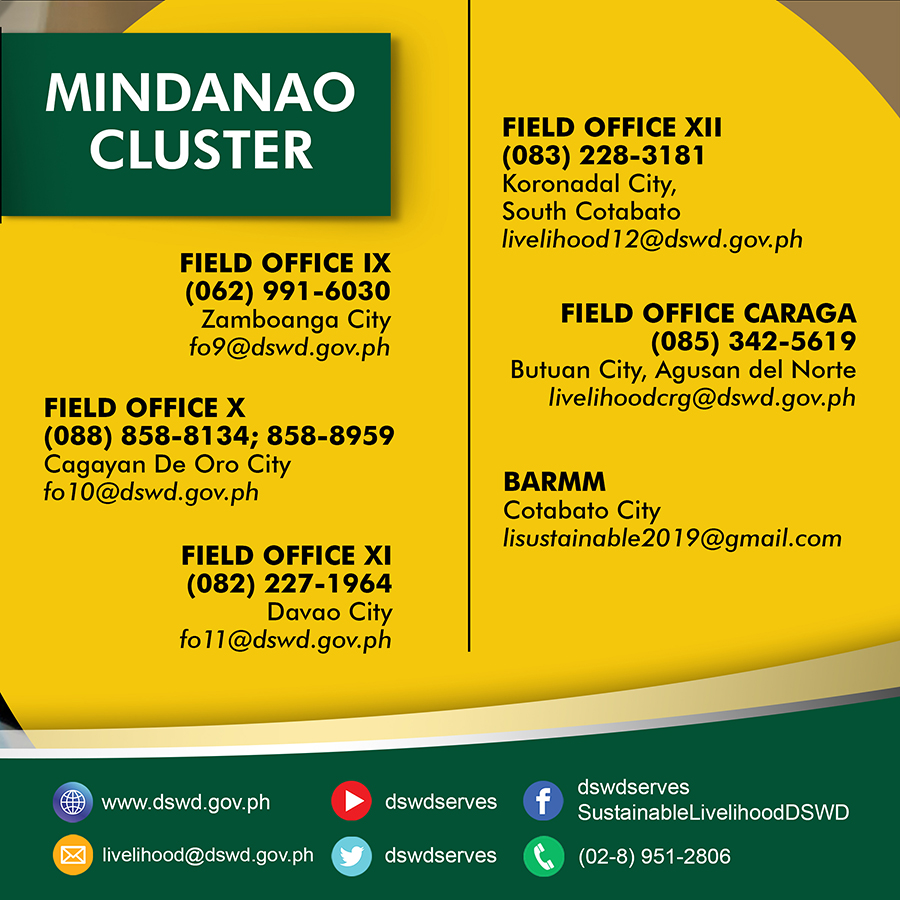
Summary
Without a doubt, DSWD’s Sustainable Livelihood Program (SLP) is a big help to Filipinos, especially to the poor, the vulnerable, and disadvantaged. When natural disasters such as typhoons and earthquakes strike, or when pandemics like COVID-19 occur — we can rest assured that the Philippine government, through the DSWD, shall provide a means to boost our livelihoods once again.
Another great thing about the SLP program is that it is participatory and community-based, and usually involves the formation of an association that would operate a micro-enterprise. Hence, the program is not just helping one individual at a time, but entire groups that will ultimately boost the socio-economic development of their respective communities. Now, that’s progress!
DISCLAIMER: We hope that the above guide has been helpful, especially to those who are interested in joining the Sustainable Livelihood Program of DSWD. Please bear in mind that the above guide is presented for general, information-sharing purposes only. If you want to learn more about the program, including the specific requirements and processes involved, please visit the nearest DSWD office. You can also read more about it through the official website and Facebook page of the Sustainable Livelihood Program (SLP).
READ NEXT: How to Apply for DSWD Educational Assistance Program
